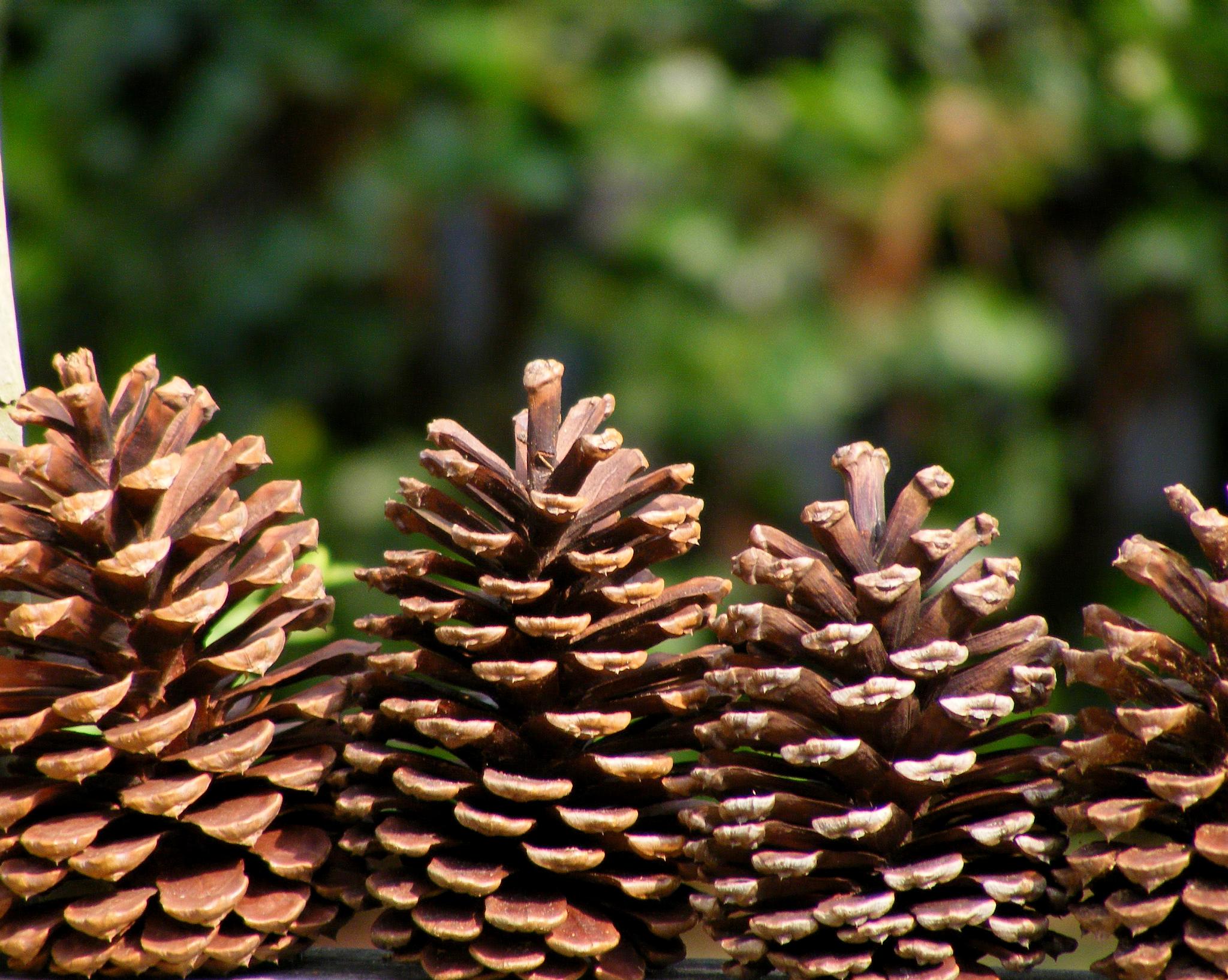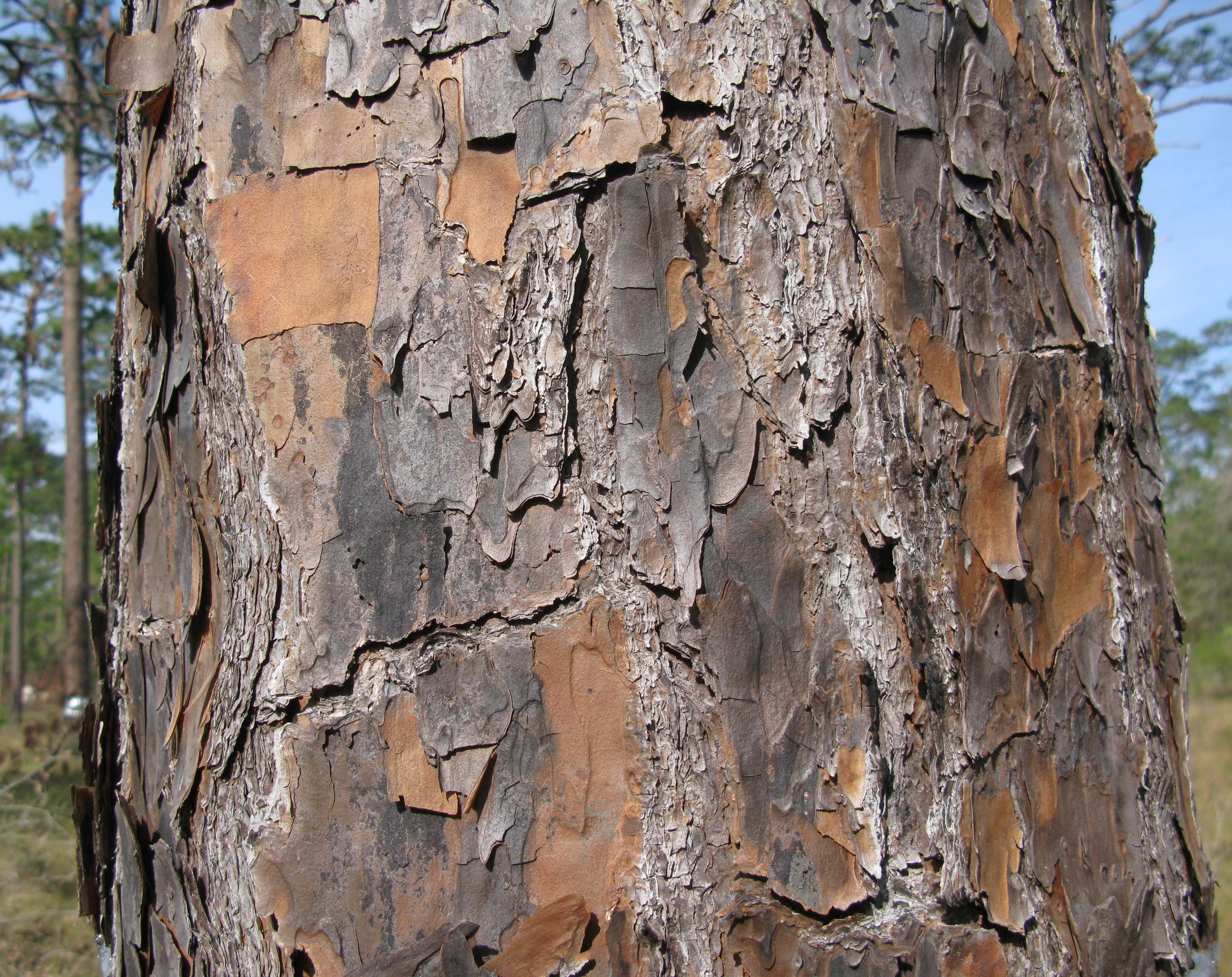|
Boletus Pseudopinophilus
''Boletus pseudopinophilus'' is a species of porcini-like fungus native to eastern North America, where it grows under ''Pinus elliottii ''Pinus elliottii'', commonly known as slash pine,Family, P. P. (1990). Pinus elliottii Engelm. slash pine. ''Silvics of North America: Conifers'', (654), 338. is a conifer tree native to the Southeastern United States. Slash pine is named after ...'' and '' Pinus palustris''. Previously regarded as '' Boletus pinophilus'' it was found to have diverged significantly from the latter species. References pseudopinophilus Fungi of North America Edible fungi Fungi described in 2019 Fungus species {{Boletales-stub ... [...More Info...] [...Related Items...] OR: [Wikipedia] [Google] [Baidu] |
Pinus Elliottii
''Pinus elliottii'', commonly known as slash pine,Family, P. P. (1990). Pinus elliottii Engelm. slash pine. ''Silvics of North America: Conifers'', (654), 338. is a conifer tree native to the Southeastern United States. Slash pine is named after the "slashes" – swampy ground overgrown with trees and bushes – that constitute its habitat. Other common names include swamp pine, yellow slash pine, and southern Florida pine. Slash pine has two different varieties: ''P. e.'' var. ''elliottii'' and ''P. e.'' var. ''densa''. Historically, slash pine has been an important economic timber for naval stores, turpentine, and resin. The wood of slash pine is known for its unusually high strength, especially for a pine. It exceeds many hardwoods and is even comparable to very dense woods such as ironwood. Description and taxonomy This tree is fast-growing, but not very long-lived by pine standards (to 200 years). It reaches heights of with a trunk diameter of . The leaves are needle-like ... [...More Info...] [...Related Items...] OR: [Wikipedia] [Google] [Baidu] |
Pinus Palustris
The longleaf pine (''Pinus palustris'') is a pine species native to the Southeastern United States, found along the coastal plain from East Texas to southern Virginia, extending into northern and central Florida. In this area it is also known as "yellow pine" or "long leaf yellow pine", although it is properly just one out of a number of species termed yellow pine. It reaches a height of and a diameter of . In the past, before extensive logging, they reportedly grew to with a diameter of . The tree is a cultural symbol of the Southern United States, being the official state tree of Alabama. Contrary to popular belief, this particular species of pine is not officially the state tree of North Carolina. Description The bark is thick, reddish-brown, and scaly. The leaves are dark green and needle-like, and occur in bundles of mainly three, sometimes two or four, especially in seedlings. They often are twisted and in length. A local race of ''P. palustris'' in a cove near Rocki ... [...More Info...] [...Related Items...] OR: [Wikipedia] [Google] [Baidu] |
Boletus Pinophilus
''Boletus pinophilus'', commonly known as the pine bolete or pinewood king bolete, is a basidiomycete fungus of the genus ''Boletus'' found throughout Europe and western Asia. Described by Italian naturalist Carlo Vittadini in 1835, ''B. pinophilus'' was for many years considered a subspecies or form of the porcini mushroom '' B. edulis'' before genetic studies confirmed its distinct status. In 2008, ''B. pinophilus'' in western North America were reclassified as a new species, '' B. rex-veris''. ''B. pinophilus'' is edible, and may be preserved and cooked. The fungus grows predominantly in coniferous forests on sandy soils, forming ectomycorrhizal associations in symbiosis with living trees by enveloping the tree's underground roots with sheaths of fungal tissue. Host trees include various species of pine, the European silver fir and European spruce, as well as deciduous trees such as chestnut trees, oak and beech. The fungus produces spore-bearing fruit b ... [...More Info...] [...Related Items...] OR: [Wikipedia] [Google] [Baidu] |
Boletus
''Boletus'' is a genus of mushroom-producing fungi, comprising over 100 species. The genus ''Boletus'' was originally broadly defined and described by Carl Linnaeus in 1753, essentially containing all fungi with hymenial pores instead of gills. Since then, other genera have been defined gradually, such as ''Tylopilus'' by Petter Adolf Karsten in 1881, and old names such as ''Leccinum'' have been resurrected or redefined. Some mushrooms listed in older books as members of the genus have now been placed in separate genera. These include such as ''Boletus scaber'', now ''Leccinum scabrum'', ''Tylopilus felleus'', ''Chalciporus piperatus'' and ''Suillus luteus''. Most boletes have been found to be ectomycorrhizal fungi, which mean that they form a mutualistic relationship with the roots system of certain kinds of plants. More recently, ''Boletus'' has been found to be massively polyphyletic, with only a small percentage of the over 300 species that have been assigned to ''Boletus' ... [...More Info...] [...Related Items...] OR: [Wikipedia] [Google] [Baidu] |
Fungi Of North America
A fungus ( : fungi or funguses) is any member of the group of eukaryotic organisms that includes microorganisms such as yeasts and molds, as well as the more familiar mushrooms. These organisms are classified as a kingdom, separately from the other eukaryotic kingdoms, which by one traditional classification include Plantae, Animalia, Protozoa, and Chromista. A characteristic that places fungi in a different kingdom from plants, bacteria, and some protists is chitin in their cell walls. Fungi, like animals, are heterotrophs; they acquire their food by absorbing dissolved molecules, typically by secreting digestive enzymes into their environment. Fungi do not photosynthesize. Growth is their means of mobility, except for spores (a few of which are flagellated), which may travel through the air or water. Fungi are the principal decomposers in ecological systems. These and other differences place fungi in a single group of related organisms, named the ''Eumycota'' (''true fungi' ... [...More Info...] [...Related Items...] OR: [Wikipedia] [Google] [Baidu] |
Edible Fungi
Edible mushrooms are the fleshy and edible fruit bodies of several species of macrofungi (fungi which bear fruiting structures that are large enough to be seen with the naked eye). They can appear either below ground (hypogeous) or above ground (epigeous) where they may be picked by hand. Edibility may be defined by criteria that include absence of poisonous effects on humans and desirable taste and aroma. Edible mushrooms are consumed for their nutritional and culinary value. Mushrooms, especially dried shiitake, are sources of umami flavor. Edible mushrooms include many fungal species that are either harvested wild or cultivated. Easily cultivated and common wild mushrooms are often available in markets, and those that are more difficult to obtain (such as the prized truffle, matsutake, and morel) may be collected on a smaller scale by private gatherers. Some preparations may render certain poisonous mushrooms fit for consumption. Before assuming that any wild mushroom is e ... [...More Info...] [...Related Items...] OR: [Wikipedia] [Google] [Baidu] |
Fungi Described In 2019
A fungus ( : fungi or funguses) is any member of the group of eukaryotic organisms that includes microorganisms such as yeasts and molds, as well as the more familiar mushrooms. These organisms are classified as a kingdom, separately from the other eukaryotic kingdoms, which by one traditional classification include Plantae, Animalia, Protozoa, and Chromista. A characteristic that places fungi in a different kingdom from plants, bacteria, and some protists is chitin in their cell walls. Fungi, like animals, are heterotrophs; they acquire their food by absorbing dissolved molecules, typically by secreting digestive enzymes into their environment. Fungi do not photosynthesize. Growth is their means of mobility, except for spores (a few of which are flagellated), which may travel through the air or water. Fungi are the principal decomposers in ecological systems. These and other differences place fungi in a single group of related organisms, named the ''Eumycota'' (''true fu ... [...More Info...] [...Related Items...] OR: [Wikipedia] [Google] [Baidu] |




